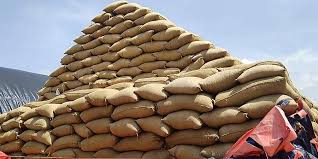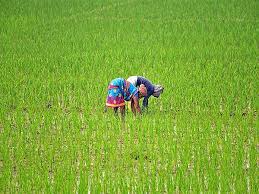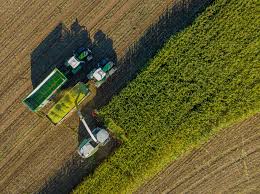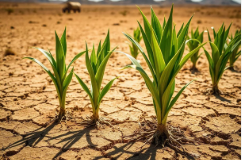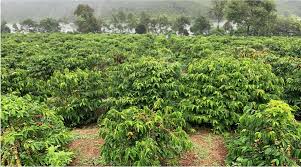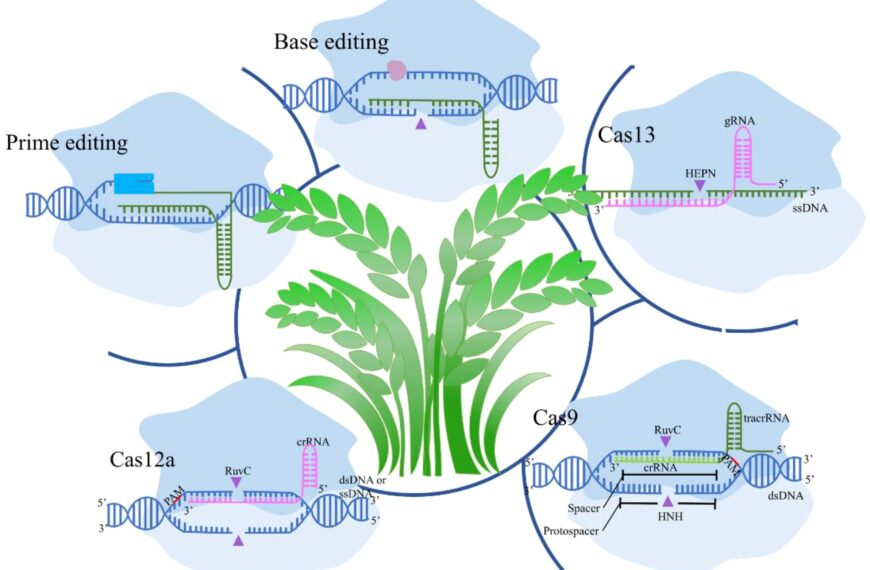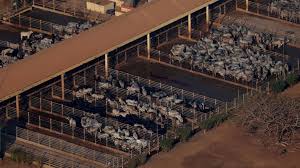
In a major step towards strengthening India’s agricultural sector and ensuring food security, the government has announced the Mission for Aatmanirbharta in Pulses, a ₹11,440 crore initiative aimed at achieving self-sufficiency in pulse production by 2030–31. This ambitious program is part of the broader Viksit Bharat 2047 vision, which seeks to create a prosperous, self-reliant, and sustainable India by the nation’s 100th year of independence.
Pulses, a staple source of protein in the Indian diet, have long been an essential part of the country’s food basket. Despite being one of the largest producers globally, India has traditionally relied on imports to meet domestic demand, creating vulnerabilities in food security and price stability. The newly launched mission is designed to address these challenges comprehensively, ensuring that India can meet its pulse requirements through domestic production while simultaneously boosting farmers’ incomes.
The Mission for Aatmanirbharta in Pulses focuses on multiple strategic objectives. First, it aims to expand pulse cultivation through modern and sustainable agricultural practices. Farmers will receive access to high-quality seeds, advanced farming technologies, and better irrigation facilities. By adopting improved techniques and practices, the mission seeks to increase yields, reduce post-harvest losses, and make pulse cultivation more profitable for farmers.
Second, the initiative will strengthen the entire value chain for pulses. This includes better storage infrastructure, cold storage facilities, and processing units to reduce wastage and maintain quality. Improved market linkages will ensure that farmers can sell their produce at fair prices, thereby enhancing their economic stability. By empowering farmers with both production and marketing support, the government aims to create a resilient pulse sector that can withstand market fluctuations and global supply disruptions.
Moreover, the mission is expected to have a significant socio-economic impact, particularly in rural areas. By promoting pulse cultivation in regions with potential for expansion, the program will create employment opportunities, strengthen rural economies, and reduce migration to urban centers. This aligns with the government’s broader vision of rural development and self-reliance, ensuring that growth reaches the grassroots level.
The initiative also emphasizes environmental sustainability. Pulses are nitrogen-fixing crops, meaning they naturally enrich the soil and reduce the need for chemical fertilizers. Promoting pulse cultivation can, therefore, contribute to healthier soils, reduced environmental degradation, and sustainable agricultural practices over the long term.
Government officials have highlighted that the ₹11,440 crore investment is not just about increasing production but also about fostering innovation and resilience in the agricultural sector. Training programs, research and development in pulse varieties, and the adoption of climate-resilient crops will be key components of the mission. These measures are expected to safeguard the sector against climatic uncertainties while ensuring that farmers can adopt cutting-edge technologies with minimal risk.
Speaking on the launch, officials emphasized that achieving self-reliance in pulses is a crucial step toward food security and economic stability. The mission is expected to reduce India’s dependence on imports, stabilize prices, and ensure that nutritious protein-rich foods remain accessible and affordable for the population.
With this ambitious program, India is poised to strengthen its position as a global leader in pulse production, enhance rural livelihoods, and move closer to the long-term goal of a Viksit Bharat 2047. The government’s focus on sustainable practices, technological adoption, and farmer-centric support promises a transformative impact on the agricultural landscape, ensuring that both the economy and the environment benefit in the years to come.

